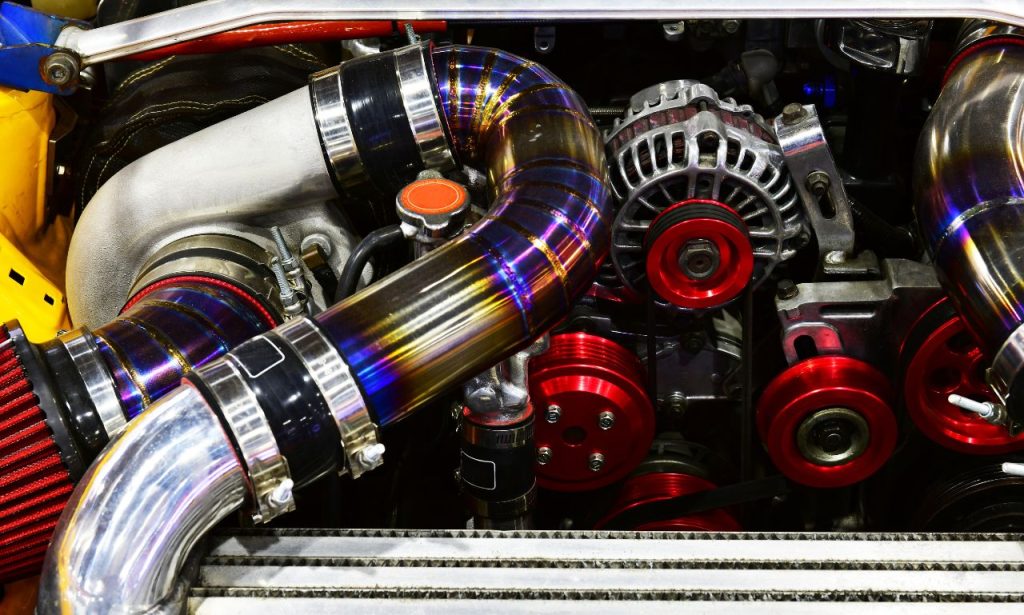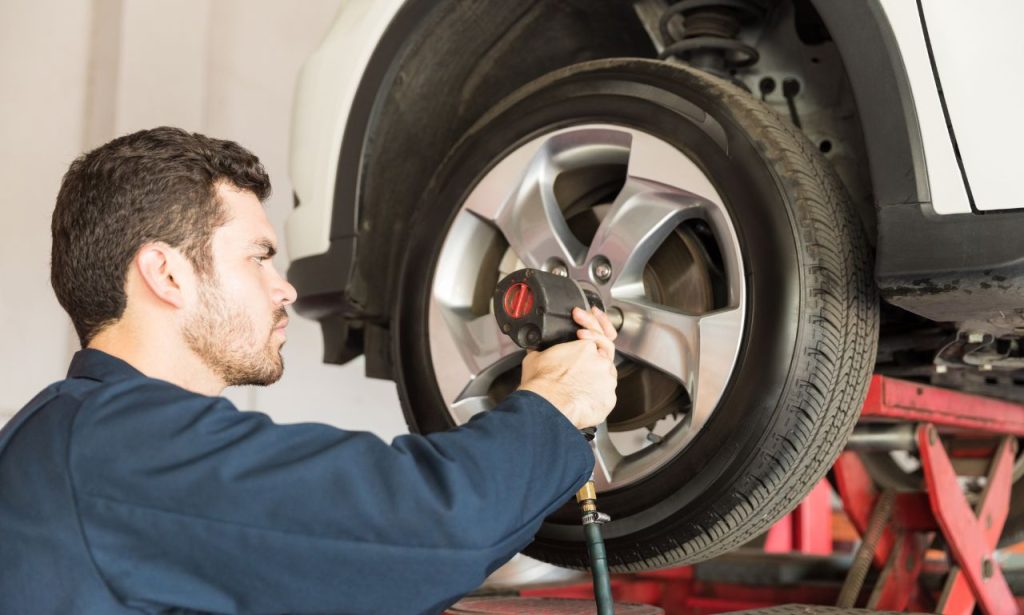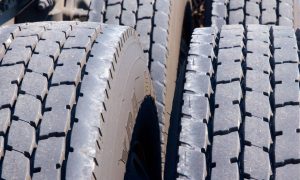Wheel alignment refers to the adjustment of your vehicle’s suspension—the system that connects your vehicle to its wheels. Proper alignment ensures that the tires meet the road at the correct angle, your vehicle handles predictably, and your steering wheel is centered. Misalignment disrupts this balance, leading to a cascade of issues that can jeopardize your driving experience and safety. Understanding what causes alignment problems empowers you to maintain optimal vehicle performance, enhance safety, and extend the lifespan of your tires and suspension components.
Let’s explore the primary factors that cause alignment problems and how you can address them proactively.
Key Factors Contributing to Misalignment
Several elements can disrupt your vehicle’s wheel alignment. Recognizing these factors helps in preventing misalignment and maintaining your vehicle’s integrity.
Sudden Disturbances
Sudden Disturbances and Impacts
One of the most common causes of alignment issues is encountering sudden disturbances on the road. Heavy impacts from hitting potholes, curbs, or debris can jolt the suspension system, knocking it out of its intended alignment.
- Effects of Road Conditions: Poor road conditions such as bumpy roads, uneven surfaces, and concrete parking spot dividers can cause significant stress on suspension components and steering alignment.
- Preventive Measures:
- Cautious Driving Habits: Adopt conservative driving habits by staying alert to road conditions and avoiding obstacles when possible.
- Reduce Speed: Slowing down on rough terrains minimizes the impact force on your suspension springs and shocks.
Regular Inspections: After any severe impact or sudden disturbance, it’s advisable to have an alignment check performed by an experienced mechanic.
Vehicle Modifications

Altering the vehicle’s ride height without factoring in alignment can lead to problems. Modifications such as raising or lowering the suspension for aesthetics or performance change the geometry of the suspension system.
- Considerations When Modifying:
- Professional Installation: Ensure that any modifications are carried out by certified technicians who understand advanced suspension systems.
- Alignment Adjustment: Post-modification, a professional wheel alignment is necessary to adjust the suspension components back to the correct angles.
- Quality Components: Use high-quality suspension arms, shocks, and other parts compatible with your vehicle’s specifications to avoid incorrect installation issues.
Worn Suspension Components
Natural wear and tear can cause suspension components such as ball joints, bushings, control arms, and strut mounts to deteriorate over time. Worn-out suspension components can no longer maintain the correct alignment, leading to misalignment issues.
Signs of Worn Suspension Components
- Bumpy Ride: Excessive bouncing or swaying, indicating poor shocks or struts.
- Clunking Noises: Unusual sounds from the axle suspension or steering wheel during movement.
- Uneven Tire Wear: Premature tire wear on specific areas due to incorrect wheel alignment.
Maintenance Tips
- Regular Inspections: Have an auto mechanic inspect your suspension system during routine maintenance.
- Timely Replacements: Replace any worn or damaged components promptly to maintain vehicle alignment and occupant safety.
- Avoid Rough Terrain: Minimize driving on poor road conditions to extend the life of your suspension system.
4. Incorrect Tire Pressure
Tire pressure plays a pivotal role in maintaining proper wheel alignment. Incorrect tire pressures, whether over-inflated or under-inflated, can distort the tire’s contact patch with the road, affecting alignment angles and handling.
Managing Tire Pressure
- Regular Checks: Monitor tire pressure monthly and before long trips using reliable gauges.
- Follow Manufacturer Guidelines: Adhere to the recommended tire pressures specified in your vehicle’s manual for correct pressure.
- Balanced Inflation: Ensure all tires are inflated evenly to prevent alignment issues like the vehicle pulling to one side.
5. Improper Installation of Parts
Incorrect installation of suspension or steering components can lead to misalignment. This includes improper torque settings, misaligned parts, or using incompatible components, which disrupt the vehicle’s alignment and can cause bad alignment symptoms.
How to Ensure Proper Installation
- Certified Technicians: Have parts installed by professionals at reputable auto repair shops or service centers.
- Quality Service: Choose auto service and repair centers that use proper installation procedures and quality components.
- Double-Check Work: After installation, ensure that an alignment inspection is performed to verify that everything is correctly aligned.
Symptoms of Poor Wheel Alignment
Uneven tire wear is one of the most apparent signs of misalignment. Tires may show wear patterns like camber wear, where one side of the tread wears faster, or toe wear, which affects the inner or outer edges.
Types of Uneven Wear
- Cupping or Scalloping: Wavy wear patterns across the tread due to worn suspension components.
- Feathering: Smooth on one side and sharp on the other, indicating incorrect toe angle.
- Sidewall Tyre Wear: Excessive wear on the tire’s sidewall due to misaligned wheels.
Action Steps
- Regular Tire Inspections: Check for unwanted wear patterns monthly.
- Professional Assessment: Visit an auto repair professional or tire shop like Firestone Complete Auto Care if uneven wear is detected.
2. Crooked Steering Wheel
If your steering wheel is not centered when driving on a straight road, it is a classic sign of wheel misalignment. The steering wheel angle should align with the vehicle’s intended lane of travel.
Additional Indicators:
- Steering Wheel Vibrations: Vibrations in the steering wheel, especially at higher speeds, can indicate alignment issues or unbalanced wheels.
- Difficulty Steering: The vehicle feels unstable or hard to control, affecting the overall driving experience.
Action Steps:
- Professional Wheel Alignment: Have an alignment service performed to correct the steering alignment.
- Check for Other Issues: Ensure that vibrations are not due to bent rims or other mechanical problems.
3. Vehicle Pulling to One Side
Consistent drifting or pulling to one side while driving indicates misaligned wheels. This issue not only makes driving difficult but also poses safety risks.
Potential Causes:
- Incorrect Toe Angle: Wheels are angled inward or outward rather than parallel.
- Camber Misalignment: Uneven vertical tilt of the wheels, either positive camber or negative camber.
Action Steps:
- Tire Pressure Check: Ensure all tires have the correct air pressure.
- Alignment Correction: Schedule an alignment adjustment to realign the wheels.
Vibrations in the Steering Wheel

Experiencing vibrations in the steering wheel can indicate misalignment or other issues like unbalanced tires or worn suspension components.
Possible Causes:
- Imbalanced Tires: Misalignment causes uneven rotation, leading to vibrations.
- Worn Bearings or Ball Joints: Faulty ball joints or bearings can cause angular movement and vibrations.
Action Steps:
- Tire Balancing: Have your tires balanced to eliminate vibrations.
- Suspension Inspection: Check for worn or loose suspension components that may need replacement.
Proactive Measures to Address Alignment Issues
Maintaining proper wheel alignment is essential for vehicle performance, safety, and fuel efficiency. Here are steps you can take to prevent or address alignment issues:
1. Regular Alignment Checks
- Frequency: It’s recommended to have a wheel alignment check at least once every 12,000 to 15,000 miles or annually, whichever comes first.
- After Specific Events: Get an alignment inspection after any severe impact, suspension repairs, or when you notice any signs of misalignment.
- Professional Services: Choose reputable auto shops like Express Auto Service & Repair or Sun Devil Auto that use advanced alignment machines and techniques.
2. Maintain Proper Tire Pressure and Condition
- Routine Monitoring: Check tire pressure regularly and keep tires inflated to the manufacturer’s recommended levels.
- Tire Rotation: Rotate tires every 5,000 to 7,500 miles to promote even tread life.
- Tire Alignment: Ensure that tire alignment is part of your regular maintenance schedule to prevent uneven wear.
3. Suspension System Care
- Quality Components: Use quality suspension parts during replacements to ensure durability and proper function.
- Avoid Overloading: Do not exceed the vehicle’s weight distribution limits, which can strain suspension components.
- Responsive Maintenance: Address any suspension issues immediately, including replacing bad shocks or struts.
4. Safe Driving Practices
- Avoid Sudden Impacts: Steer clear of potholes, debris, and curbs when possible to prevent heavy impacts.
- Moderate Speed: Drive at safe speeds, especially on rough roads, to reduce stress on the suspension system.
- Mindful Parking: Be cautious when parking to avoid hitting concrete parking spot dividers or curbs that can affect wheel alignment.
The Impact of Misalignment on Your Vehicle

Ignoring alignment issues can lead to several problems beyond just uneven tire wear:
- Reduced Fuel Economy: Misaligned wheels create rolling resistance, making the engine work harder and decreasing fuel efficiency.
- Poor Handling: Misalignment affects steering responsiveness, making the vehicle harder to control and increasing the risk of accidents.
- Premature Wear of Components: Suspension and steering components can suffer from premature wear due to increased stress.
Safety Hazards: Misalignment can compromise safety systems, including advanced driver assistance systems, leading to occupant safety risks.
Conclusion
Understanding what causes alignment problems is the first step toward maintaining your vehicle’s health and ensuring a safe, comfortable driving experience. From sudden road disturbances and vehicle modifications to worn suspension components and incorrect tire pressures, numerous factors can disrupt your wheel alignment. Recognizing the symptoms, such as uneven tire wear and steering wheel vibrations, allows you to take proactive measures to address misalignment issues promptly.
Regular alignment checks, combined with proper maintenance and timely repairs, not only enhance your vehicle’s performance and safety but also save you money in the long run by preventing excessive wear and costly repairs. Equip yourself with the knowledge and tools to keep your vehicle aligned, and enjoy the benefits of smooth, safe, and efficient driving.
ALSO READ: What Tools Should I Keep in My Car
FAQs
It’s recommended to have your alignment checked at least once a year. Additionally, check after any significant impacts, such as hitting a pothole or curb.
Yes, improper alignment increases rolling resistance, making your engine work harder and reducing fuel efficiency.
Some manufacturers offer wheel alignment as part of their warranty or maintenance packages. It’s best to consult your vehicle’s warranty terms or speak with your dealer.
While it’s possible to drive with misaligned wheels, it’s not advisable. Misalignment can lead to uneven tire wear, poor handling, and increased risk of accidents.
If the vibrations are caused by misalignment, then correcting the alignment can resolve the issue. However, vibrations can also result from other issues like unbalanced tires or bent rims.




